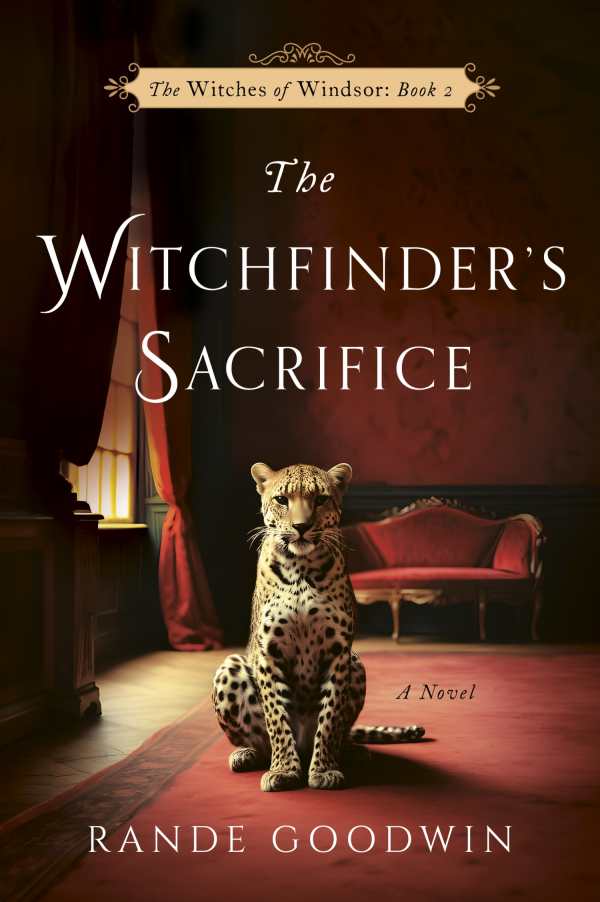The Witchfinder’s Sacrifice
The exciting fantasy novel The Witchfinder’s Sacrifice wraps its suspense up in family histories and a longstanding clash among witches.
In Rande Goodwin’s entertaining supernatural novel The Witchfinder’s Sacrifice, a teenager fights to contain a warlock’s plot over his Connecticut town.
In Windsor, a manicured suburb, otherworldly creatures and displays of inexplicable magic stir fears of witchcraft among the population. Here, Nate, who descends from a line of good witches, confronted but did not fully defeat Malleus Hodge, an evil, centuries-old warlock. Now, he suspects that Hodge is behind the recent disturbances too. Equipped with a serpent bracelet, he is determined to restore order to the town. He benefits from the help of his Aunt Celia (also a witch; she has a warm relationship with her familiar) and their friends.
Told across dual timelines whose atmospheres are foreboding—one in 2019, and the other in the 1600s—this is a story wrapped up in family histories and a longstanding clash among witches. In its present, Windsor is subject to increasing chaos; some of its citizens meet brutal ends, and a police officer struggles to convince her colleagues about the uncanny nature of these events. And in the past, Hodge (then a Witchfinder) schemes against the town’s citizens and preys on Puritan concerns by rounding up local witches. In both periods, hysteria prevails; sometimes, it is strong enough to persist through the centuries.
Because the book’s cast is large, it becomes busy with collisions between good and evil groups in lieu of fleshing out individuals among them. Instances of domestic abuse are alluded to but not expanded upon; elsewhere, a wrenching instance of family coercion makes only a glancing impression on the tale. Further, the explanations and appearances of the locals’ magic are loose and too familiar; they include a pact with the devil, gifts from God, familiars, an imp, and a ghost who acts as an informant and a spy, in addition to handed-down artifacts, illusions known as “glamour,” Latin spells, and fire casting, resulting in a sometimes stale progression.
The book’s tone is also uneven. It features both grisly events and campy levity, as with a teenage archer who is aware that her situation resembles a 1980s horror movie. It concludes on a sweet note, though, with a climactic battle in which the success of those on the side of “good” hinges on their mutual trust.
Magical alliances are renewed in the bighearted fantasy novel The Witchfinder’s Sacrifice, in which a boy with magical ancestry must fight a malevolent foe.
Reviewed by
Karen Rigby
Disclosure: This article is not an endorsement, but a review. The publisher of this book provided free copies of the book and paid a small fee to have their book reviewed by a professional reviewer. Foreword Reviews and Clarion Reviews make no guarantee that the publisher will receive a positive review. Foreword Magazine, Inc. is disclosing this in accordance with the Federal Trade Commission’s 16 CFR, Part 255.

